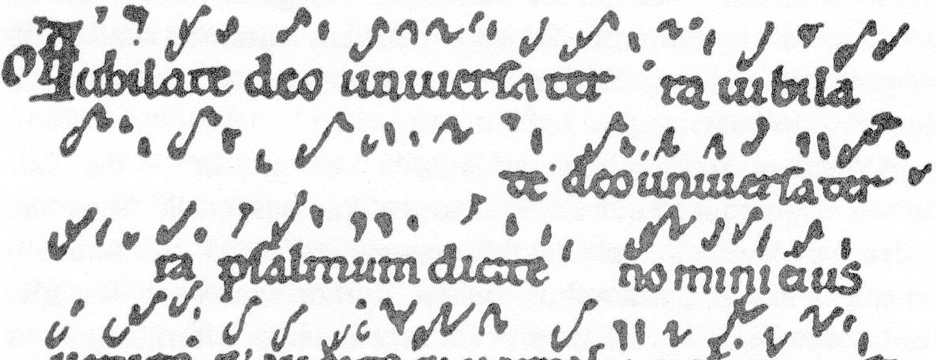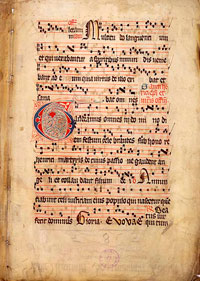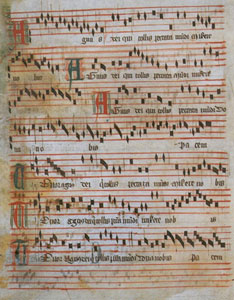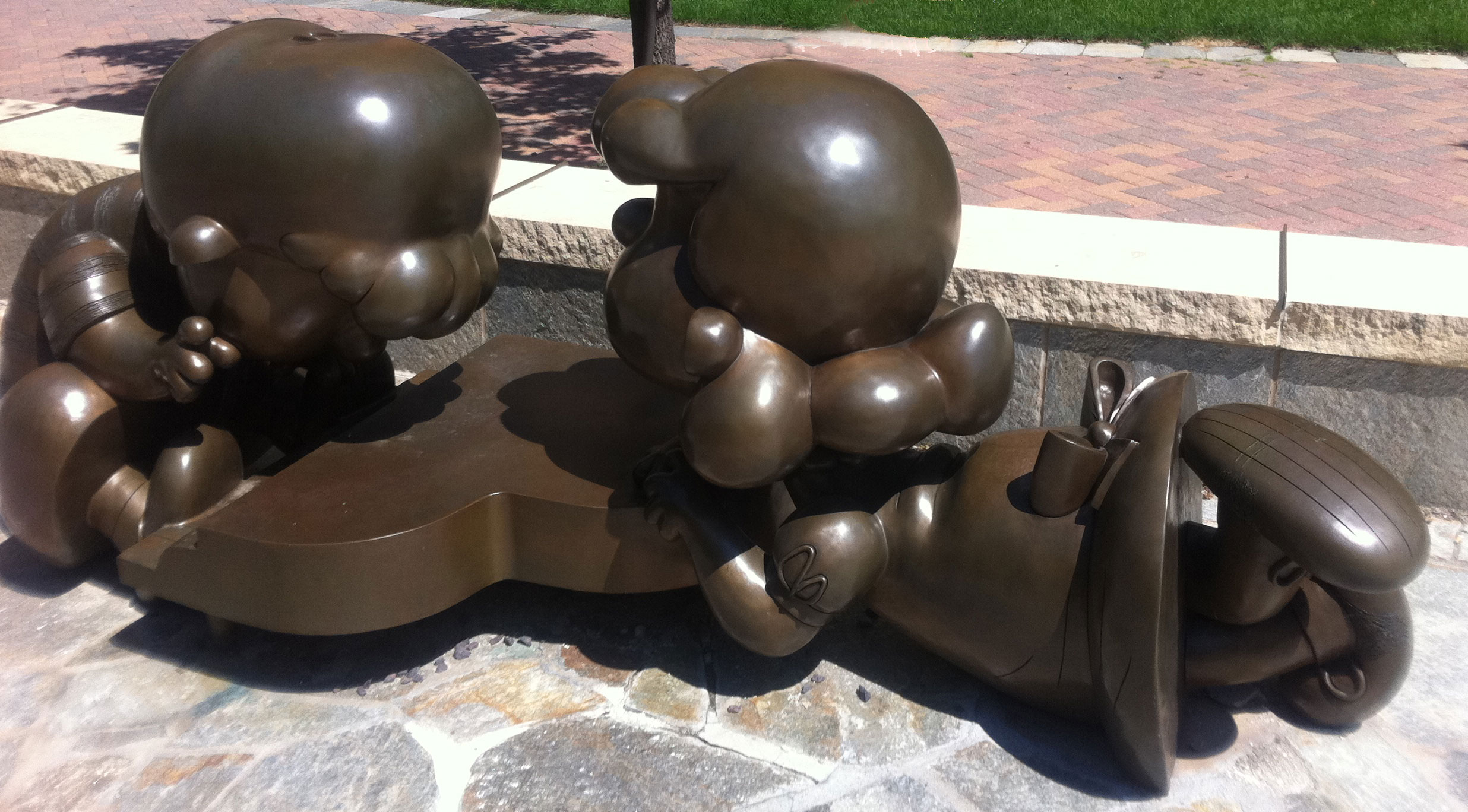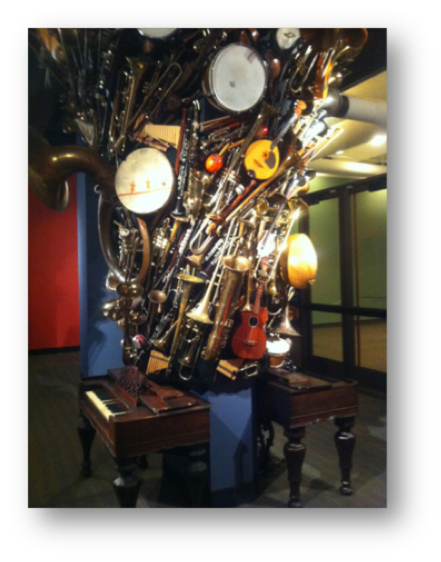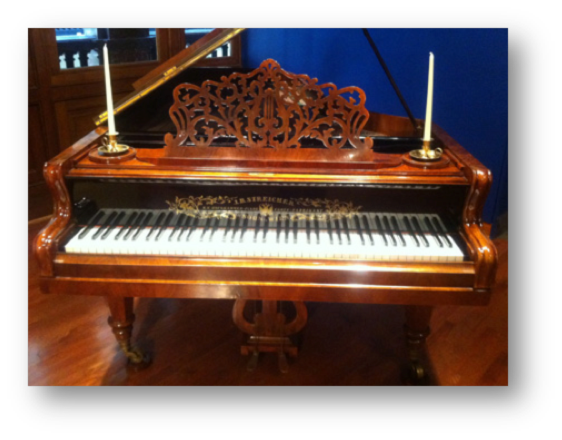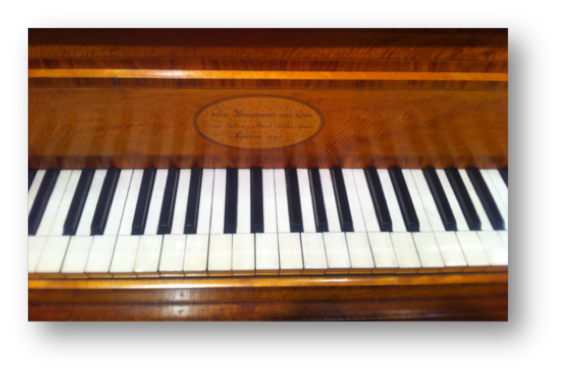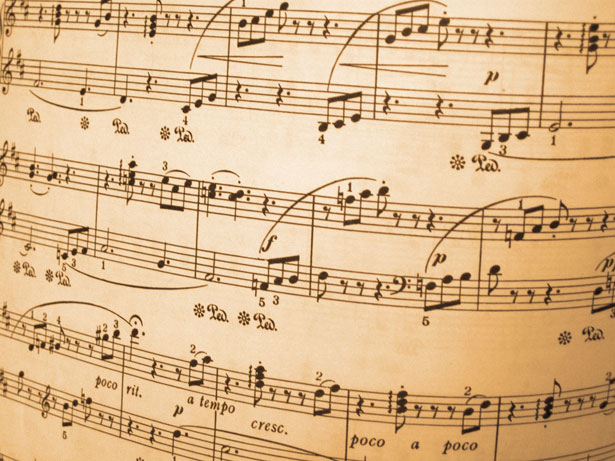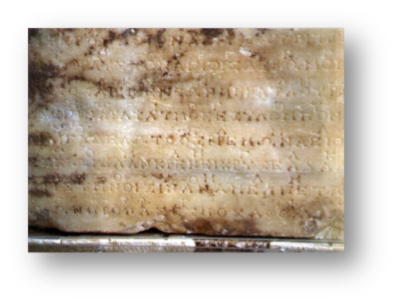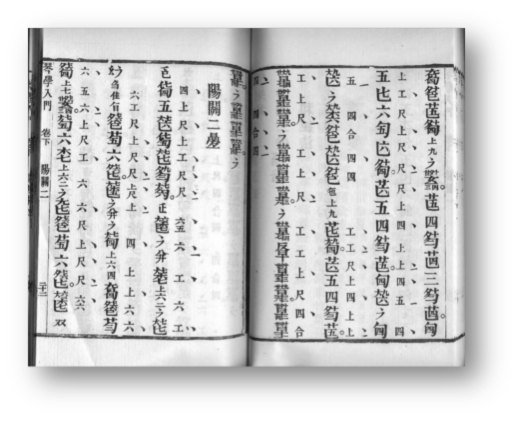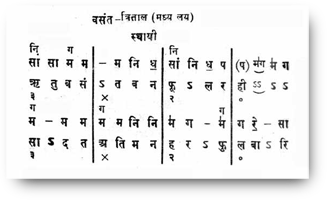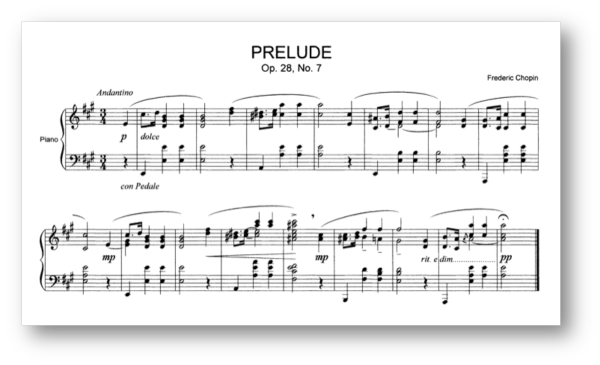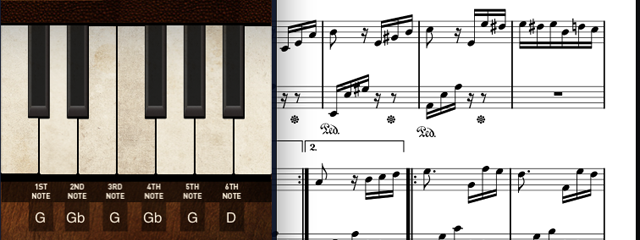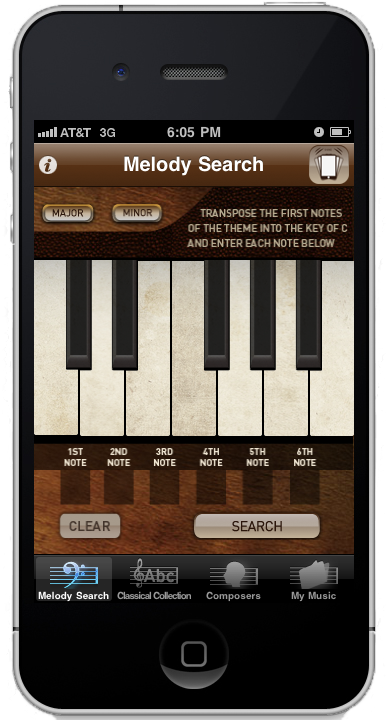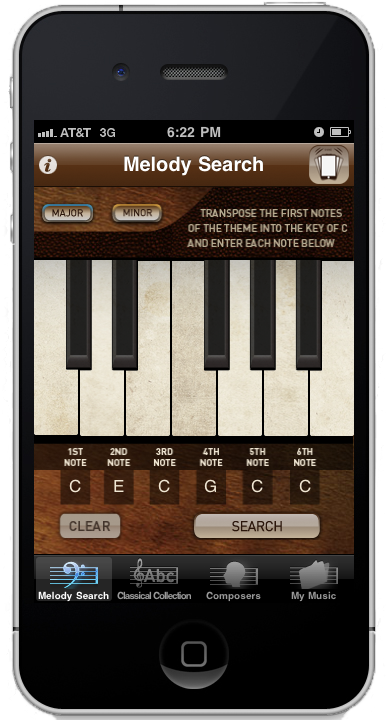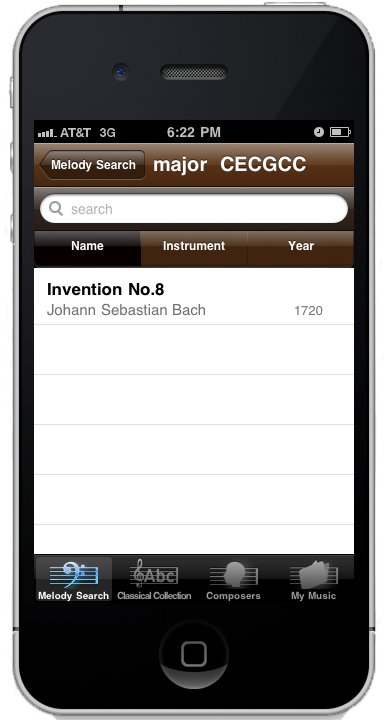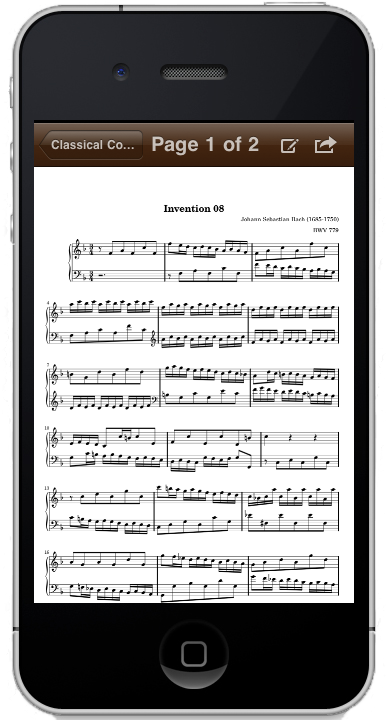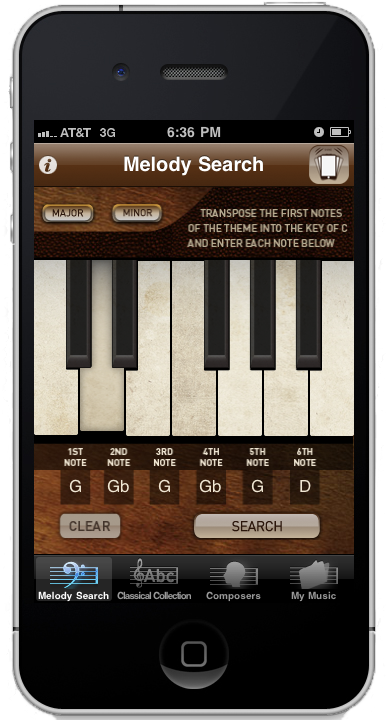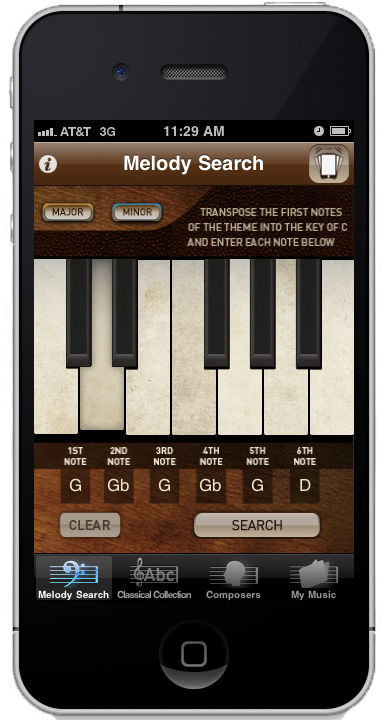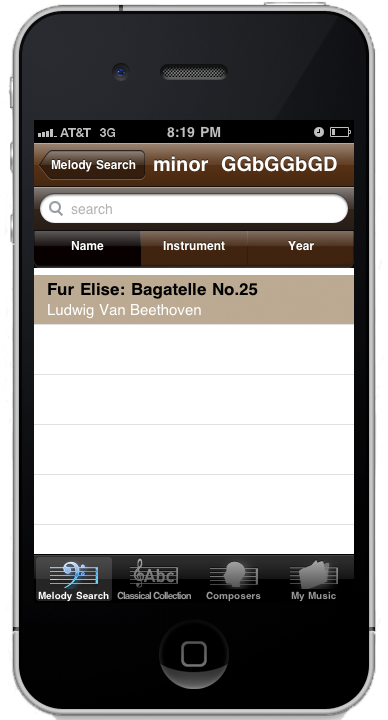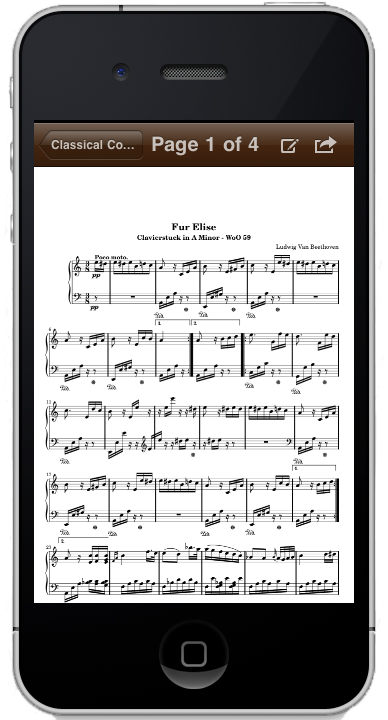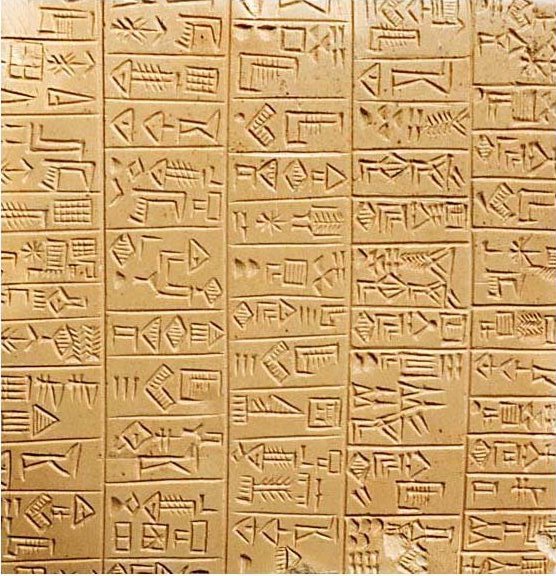The holiday season is upon us, and I’m looking forward to all the traditions that go along with this time of year. The scent of fresh pine is in the air, and suddenly a completely different iTunes collection of mine is getting regular play time.
There are certain classic songs I love and somehow never tire of, but every year there are a couple of new additions to my list. I grew up listening to Johnny Mathis during the holidays. My parents had other Christmas albums, but that was my favorite for many years.
After college, I discovered Nat King Cole’s Christmas album and became hooked on that too. I’ve added several favorites to my list over the years, including a really cool Klezmer Hanukkah medley and a Kwanzaa tune too this year.
I’ve compiled a list of some of my favorite holiday songs below. My top choice is the first in each category, while the “runner-up” choices are links listed below. Be sure and add your favorites too in the comments section at the end!
The Classics
For unto us a child is born, from Handel’s Messiah
[youtube width=”400″ height=”300″ video_id=”MS3vpAWW2Zc”]
The Christmas song, by Nat King Cole
I’ll Be Home for Christmas, by Johnny Mathis
Waltz of the Snowflakes, from the Nutcracker
Chanukah
Chanukah Music, by Northwood High School Philharmonic Orchestra
[youtube width=”400″ height=”300″ video_id=”KEZSX8ZKKio”]
Chanukah Klezmer Medley, Robin Seletsky clarinet
The ones that make me feel wistful
Christmas time is here, from A Charlie Brown Christmas, by Vince Guaraldi Trio. This song was used to good effect in the film The Royal Tannenbaums too.
[youtube width=”400″ height=”300″ video_id=”GPG3zSgm_Qo”]
Gabriel’s Message, by Sting
[youtube width=”400″ height=”300″ video_id=”GF2BzUDeTkY”]
The ones that fill me with awe
Once in Royal David’s City, by King’s College Cambridge 2010
[youtube width=”400″ height=”300″ video_id=”NMGMV-fujUY”]
Jesu Joy of Man’s Desiring, by Celtic Woman
Silent Night, by Jackie Evancho
The ones that I love to sing along to
Tu scendi dalle stelle, by Luciano Pavarotti
[youtube width=”400″ height=”300″ video_id=”AfZkXntKY8k”]
Fairytale of New York, by The Pogues and Kirsty MacColl
Santa Claus Is Coming to Town, by Bruce Springsteen
The ones that make me want to dance
[youtube width=”400″ height=”300″ video_id=”HMt1I09epGY”]
Christmas Wrapping, by The Waitresses
The ones that make me laugh
Santa Baby, by Eartha Kitt with Friends
[youtube width=”400″ height=”300″ video_id=”xOMmSbxB_Sg”]
Christmas in Hollis, by Run DMC
Chanuka (Hanukka) Song, by Adam Sandler
Hanukkah Oh Hanukkah, by Erran Baron Cohen, Featuring Jules Brookes
Image by clairity
Giuliana is a writer and social media strategist who lives in Jersey City with her husband and adorable Maltese puppy, Bianca. Connect with Giuliana on Google+


